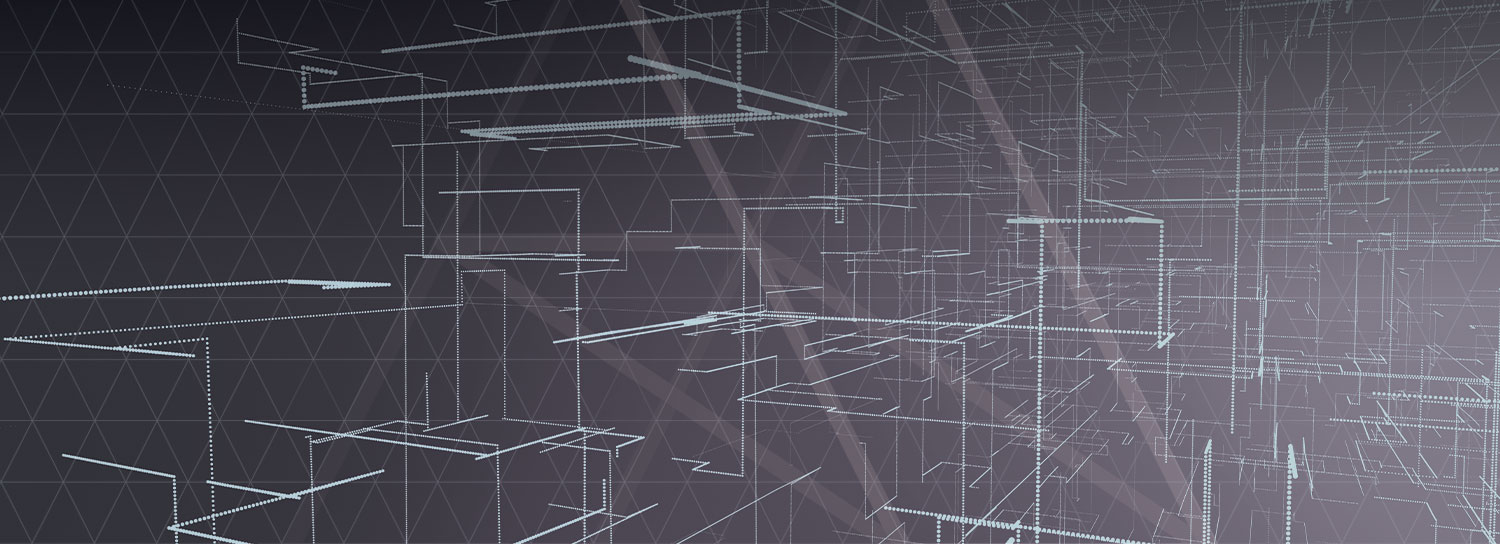
What You Want VS. What You Need
Does Your Company Know The Difference?
Financial systems, business intelligence solutions, and internal platforms are big investments. Needs shift; like priorities, they change. And if your organization isn’t thinking about where you want to be five years from now in the future-state, you’ll have to repeat the time-intensive process all over again. Your wants now aren’t necessarily your needs in 2025.
How can you help all your employees generate reports not only faster but with more focus on what the numbers and data are actually saying?
I have a niece and a nephew and like most kids, they have grown up watching Disney films. Recently, my niece decided that The Princess and the Frog was going to be the film playing on repeat. At least it’s given me a chance to get “Let it Go” out of my head.
If you’re familiar with the film (spoilers ahead!), a voodoo doctor, Dr. Facilier, turns Prince Naveen (and later Tiana) into frogs in hopes of stealing the prince’s fortune. Desperate to become human again, the two frogs turn to hoodoo priestess Mama Odie, asking her to change them back. Mama Odie explains that they are blind to what they need, only being able to see want (to be a rich prince again and to open a restaurant). The song “Dig a Little Deeper” explains to the pair that having each other in their lives is what they really need to be happy. Between that song’s message, the beignets, and the ode to New Orleans, it’s one of my favorite Disney films.
Why am I telling you this? I work in at a consulting firm and I often feel our consultants play the role of Mama Odie: clients are blinded by what they want and don’t focus on what they actually need.
Let’s say you have an employee, Mary. She’s frustrated that she can’t have sight into specific data. The system returns the message “Access denied,” so she has to ask Tim from IT every single time she needs to run a report. Mary wants access to do her perceived job and begs for leadership to grant it to her. The reality is, if everyone stepped back, the company needs for her to do more than just compile those specific numbers. Somewhere Madam Odie is shaking her head.
MARY’S LIMITING HERSELF – AND THE COMPANY’S TRUE NEEDS – BY ONLY ASKING FOR WHAT SHE WANTS RIGHT NOW.
Financial systems, business intelligence solutions, and internal platforms are big investments. Needs shift; like priorities, they change. And if your organization isn’t thinking about where you want to be five years from now in the future-state, you’ll have to repeat the time-intensive process all over again. Your wants now aren’t necessarily your needs in 2025.
How can your organization set up the system that helps Mary complete value-added work?
Rather than get her daily requests for access, how can your organization help Tim?
How can you help all your employees generate reports not only faster but with more focus on what the numbers and data are actually saying?
With money, time, and talent’s hours at stake, companies must ensure that they choose the right platform. Here are a few ways to know if you are focusing on your organization’s needs, and not the wants.
COMPLETE A BUSINESS PROCESS ANALYSIS
As simple as this seems, more companies than not overlook this step. Why? Because it takes a long time to figure out how each department (and user) completes each process. Take the time to see where the disconnects lie. When new employees are onboarded, walk through the role with them. Do certain teams need access to data? Are there things in the process that everyone loathes? What reports are sucking up all your employee’s time?
A further point here: when employees don’t have access, they sometimes perceive that leadership has a lack of trust in them. Or vice versa: what are the numbers hiding? The lack of access may be as futile as a perceived separation of duties, so nip this the bud before a morale snowball grows out of control.
TRANSLATE THE BUSINESS PROCESS ANALYSIS INTO THE DESIGN
When companies opt to upgrade their systems, they need to review the processes in place and their goals to ensure that they gain processes efficiencies. Plainly put: what are your new must-have requirements? Think about Mary again. She’s smart, she has an MBA. You are wasting her talent if she’s panicking to get the numbers to leadership each week. In an ideal system, what would your organization need her to do to help the bottom line? By focusing on the future, you’ll ensure a stronger design going forward.
BUILD THE DESIGN
What’s a sustainable – and adaptable – design? Is your organization choosing a software that will grow with you? You don’t want an architecture that you’ll have to incorporate go-arounds immediately. You want an internal system that will provide your company with the ultimate foundation going forward. Go back to your employees at all levels and ask them to walk through the new proposed process. If there’s something that’s off, change the design before it becomes a headache.
Mama Odie sings in “Dig a Little Deeper”:
When you found out who you are, you find out what you need.
Take the time to properly figure out who your company is and where you want to go. You’ll have blue skies and sunshine, guaranteed!